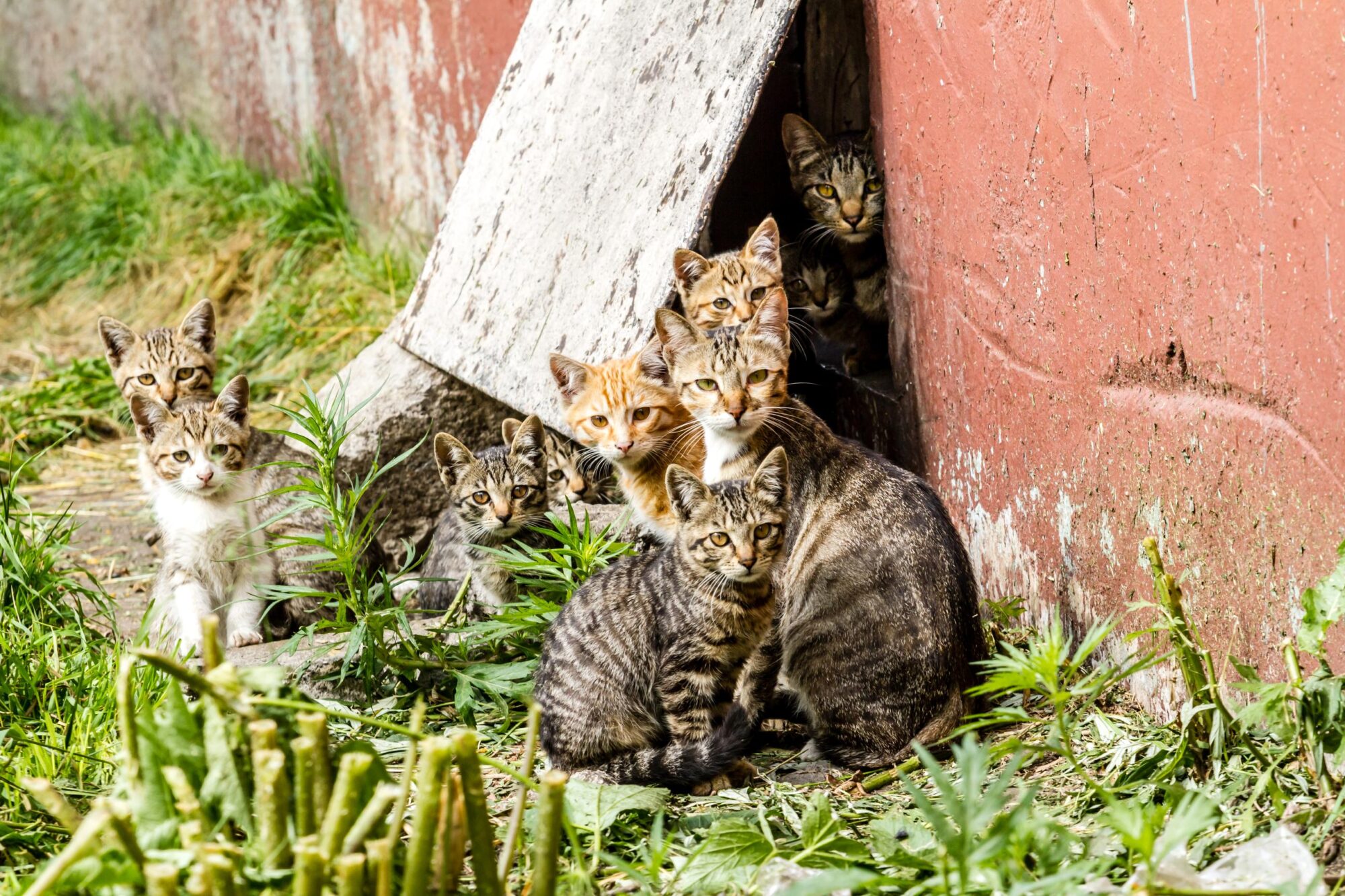The Benefits of Spaying and Neutering

The number of homeless pets in the country is simply staggering. Unchecked mating and reproducing can inundate animal shelters. Overwhelmed shelters already struggling to meet the needs of lost, missing, or stray animals. While there continues to be a lot of growth toward caring for the offspring of in-tact pets, the fact is that prevention is the best approach. The benefits of spaying and neutering companion pets can be seen far and wide.
What Does It Mean to Spay/Neuter?
Spaying refers to the surgical removal of the ovaries and uterus of a female pet. Neutering is the surgical removal of a pet’s testes. The result is complete and final sterilization, or an inability to reproduce. We require pre-anesthesia blood work to support your pet’s vitals throughout surgery.
Long Term Health Benefits
Spaying or neutering is directly linked to a pet’s lifelong health.
- Spaying female pets reduces their risk of life-threatening infections, reproductive system tumors, and mammary tumors.
- Spayed pets will not face potential health complications related to pregnancy and birth.
- Neutered male pets have reduced chances of testicular cancer and prostate issues later in life.
Incredibly, spaying and neutering can influence a pet’s behaviors, too. Spayed females do not go into heat, thereby eliminating the known behaviors associated with mating, including roaming, crying/yowling, escape attempts, spraying or marking, and aggression.
Benefits to All Pets
Spaying and neutering decreases the numbers of unwanted litters, abandoned kittens and puppies, euthanasia rates, and feral animals living in rough circumstances without access to basic care. The procedure reduces the amount of potentially homeless animals that may spread diseases to both pets and people. Without constant increases of homeless pets, communities and animal shelters can continue caring for animals in need.
Pet Population Control
Public shelters typically spay or neuter, microchip, vaccinate, and provide parasite prevention for adopted pets. Owners who adopt from breeders, friends, or other agencies can have their pets spayed or neutered as early as eight weeks old, though many choose to do so between four and five months of age.
- Recovery can take up to 10 days.
- No jumping or running around (easier said than done with a puppy or kitten).
- Your pet must wear an E-collar until the stitches dissolve or are removed.
- Keep an eye on the incision, and let us know if you see lethargy, weakness, fever, social detachment, or behavioral changes.
Here For Your Pet, Always
Spaying and neutering are essential factors in a long, healthy life and, fortunately, these surgeries are extremely commonplace. The responsibility to spay or neuter is a huge part of preventive wellness, and our team is always here to support pet owners with their questions or concerns. Please call The Gentle Vet at (330) 665-5915.
